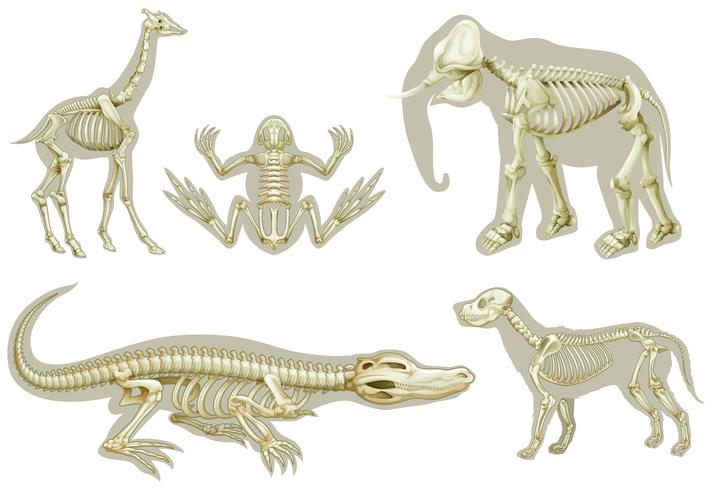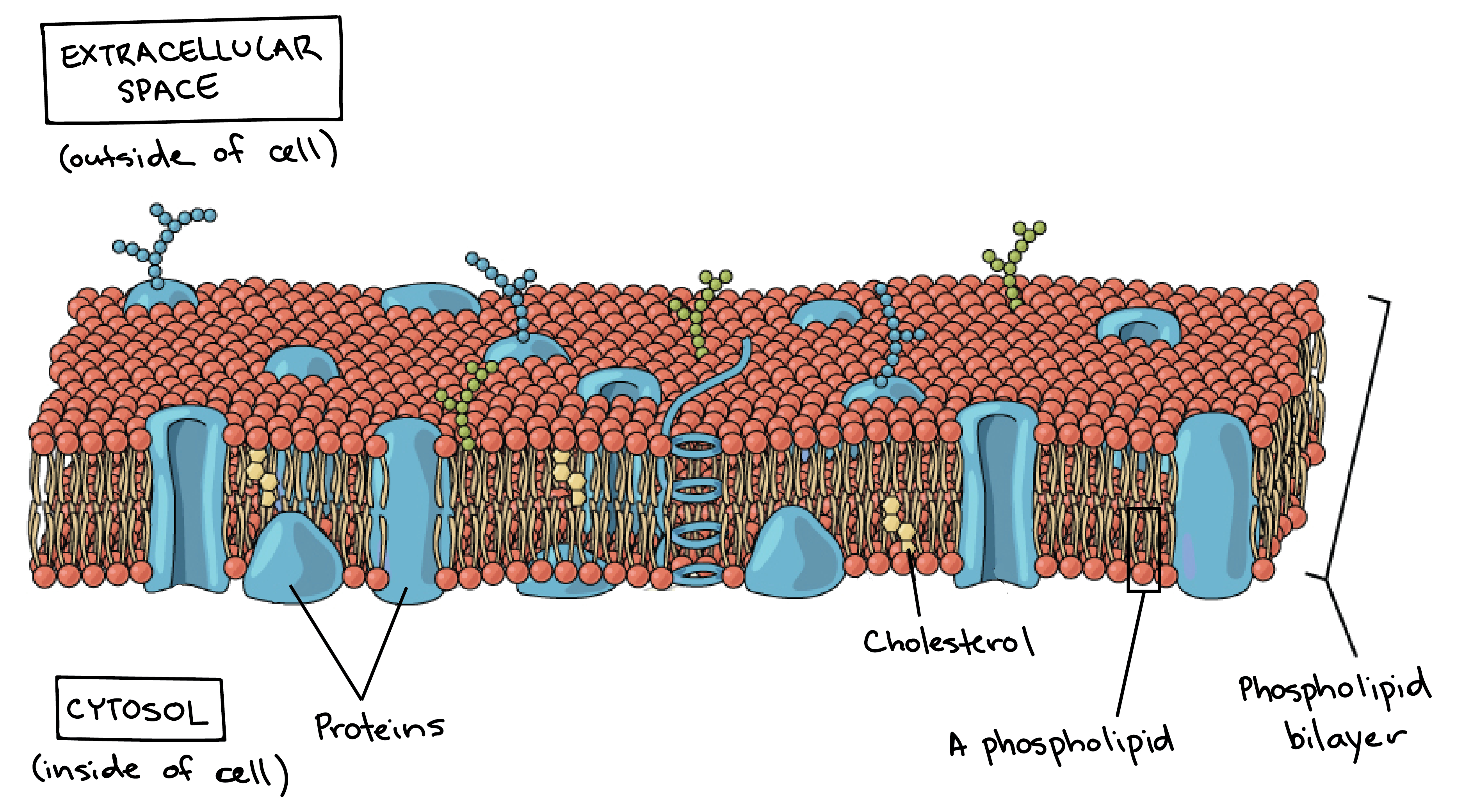Human Collectives Skeleton, Scaffolds & Membranes
Human Collectives Skeletons, Scaffolds & Membranes
How to evolve the idea of structure of an organisation and why is it needed?
We humans need some sense of structure. Structures frequently bring emotional, relational stability. If every thing is fluid we might receive it as chaotic and unsafe.
In organisational context structures alude to various dynamics:
- What Processes, Rules and Norms
- Governance, Financial resources and power and authority distribution
- Roles design
- Sense Making, Control and achievement monitoring
What informs the above, in the present world, is a mechanistic way of thinking. So we lay out a different, natural or ecological way of thinking proposition.
Scaffolding
Scaffolding elements are critical for healthy growth and support. In a Movement of Movements one can think of Scaffolding elements one entity can provide to the other.
If your goal is to build a village, or a community or an organisation, what are the support structures needed for such endeavour?
Exemple and types of Scaffolding structures:
-
Temporary structures that building crews use when constructing or maintaining buildings. Once the building is complete, the scaffold is removed i.e. doesn’t become part of the structure, but enables its construction.
-
A second kind of scaffold can be seen in skin grafts. An internal scaffold made of shark cartilage and cow-derived collagen, the protein found in all connective tissue is applied to the burn wound. The bottom layer of the collagen scaffolding — the part that makes contact with the wound surface — is covered with a sugar molecule that mimics the texture of the lower surface of the skin. This texture activates skin cells in the body called fibroblasts to start generating human collagen. As the body produces more and more collagen, the connective tissue begins to work its way up the artificial scaffolding, slowly building a new dermis. Over time the artificial scaffolding dissolves away, leaving no trace of the implant. (Source: https://health.howstuffworks.com/skin-care/information/anatomy/skin-graft5.htm)
-
Thirdly there are scaffolds that aren’t removed and don’t dissolve away; they persist as part of the structure, but are transformed in the process. An example of this is the Bionic Cardiac Patch ... formed by seeding nanoscale electronic scaffolds or mesh-like structures with cardiac cells. Once the cells have regenerated cardiac tissue and the patch has formed, the electronic components from the original scaffold are integrated throughout the tissue, creating an “internal pacemaker” able to detect arrhythmia and deliver correcting electrical shocks far sooner and operating at far lower voltages than traditional pacemakers. Most fascinating is that latest research shows it may be possible in future to simply do a co-injection of cells with the mesh, enabling the patch to self-assemble inside the body vs using invasive surgery.
These are some examples of human scaffolds:
-
- Startup Incubation and Seed investment programs
- Education System
- Healthcare system
- (...)
Viewing some of these systems as Scaffolds structures can help us reframe the question of what are they building pre-structures for? Are such Scaffolds pre-structures of development or do they create dependency and interference in the being.
What Scaffolding is needed to be in-place to support your journey?
Structure as Skeleton


In Nature, skeletons allow beings to grow, move, develop. Give support to the substance of the being.
An endoskeleton (From Greek ἔνδον, éndon = "within", "inner" + σκελετός, skeletos = "skeleton") is an internal support structure of an animal, composed of mineralized tissue.
An exoskeleton (from Greek έξω, éxō "outer" and σκελετός, skeletós "skeleton"[1]) is the external skeleton that supports and protects an animal's body, in contrast to the internal skeleton (endoskeleton) of, for example, a human. In usage, some of the larger kinds of exoskeletons are known as "shells". Examples of animals with exoskeletons include insects such as grasshoppers and cockroaches, and crustaceans such as crabs and lobsters, as well as the shells of certain sponges and the various groups of shelled molluscs, including those of snails, clams, tusk shells, chitons and nautilus. Some animals, such as the tortoise, have both an endoskeleton and an exoskeleton.
What being are you relating to and what skeleton will the being need?
Membrane

A membrane is a fundamental element of living beings. It defines the frontier of the being (in and out). It characterises how that being relates to its environment, what the being interchanges permanently.
Membrane is one of the most critical elements of our collective settlements, one that needs reshaping, redefinition and new embodied thinking. It is intimately connected to our sense of belonging.
Reflecting on some examples:
- Country level passport or ID is a membrane element that defines if you belong to that country or not.
- Payroll can define to each organisation you belong.
- Your address can define to each place you belong.
Yet, all of the above elements are not complete or accurate definitions of belonging. In fact they all are problematic in defining "belonging".
The invite is therefor to consider "belonging" as a central aspect Membrane definition.
Membrane and Belonging have a clear tangible implications when we approach complex humana settlements such as a Village, a City or a Bioregion
Please consider the following reflective meditation suggestions to expand your Membrane and Belonging understanding.
- Reflect on your sense of belonging (both thinking on situations were you feel belonging or the opposite).
- Consider the membranes to your house, your village, your bioregion, your organisation(...)
- Reflect and identify the disfranchised of belonging humans that are not in any of the above membrane types
- Formulate a sense of invite to your defined membranes
- Whenever you notice a difficulty in the invite contrast your "right of belonging" with the right of that someone else you could not invite.
